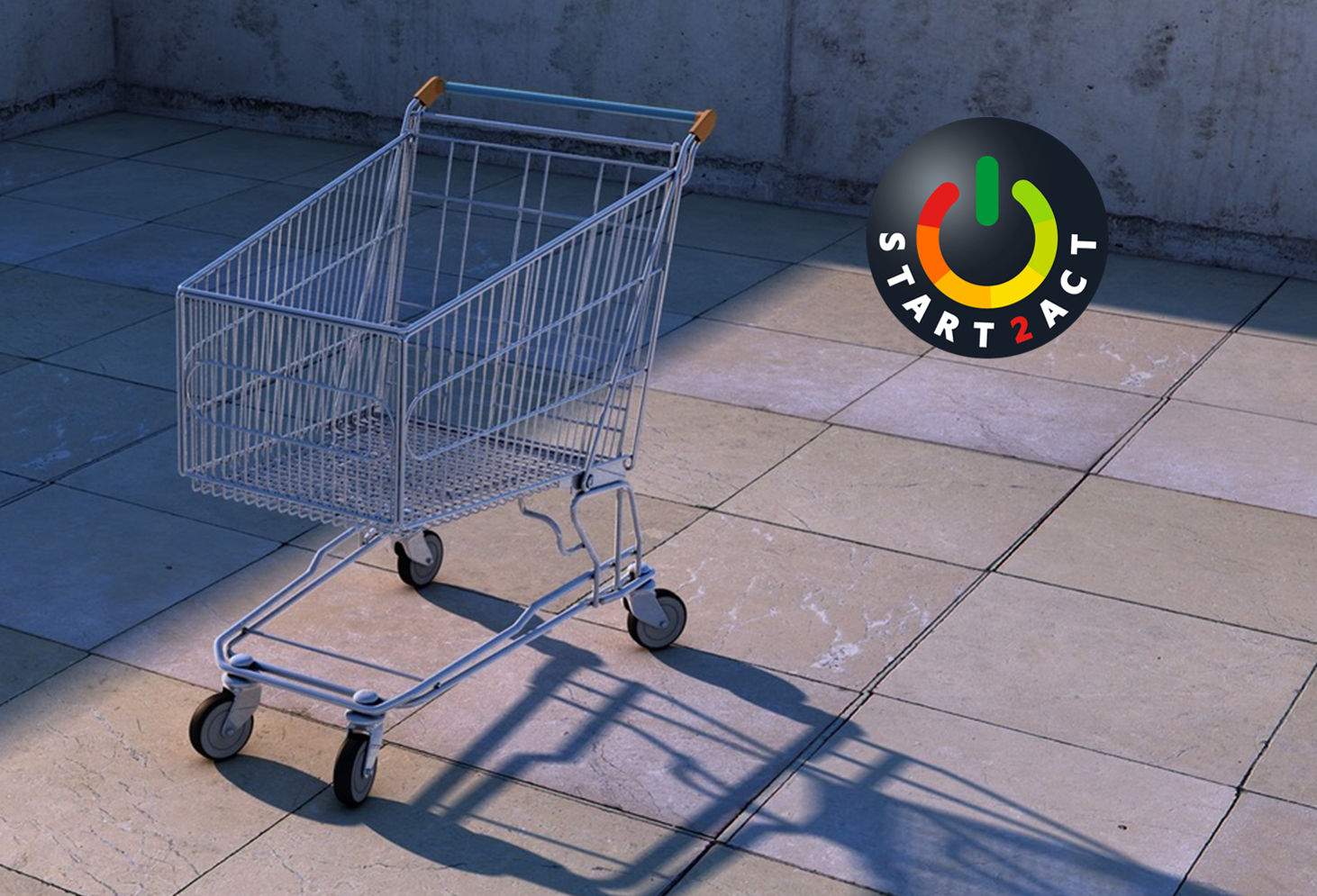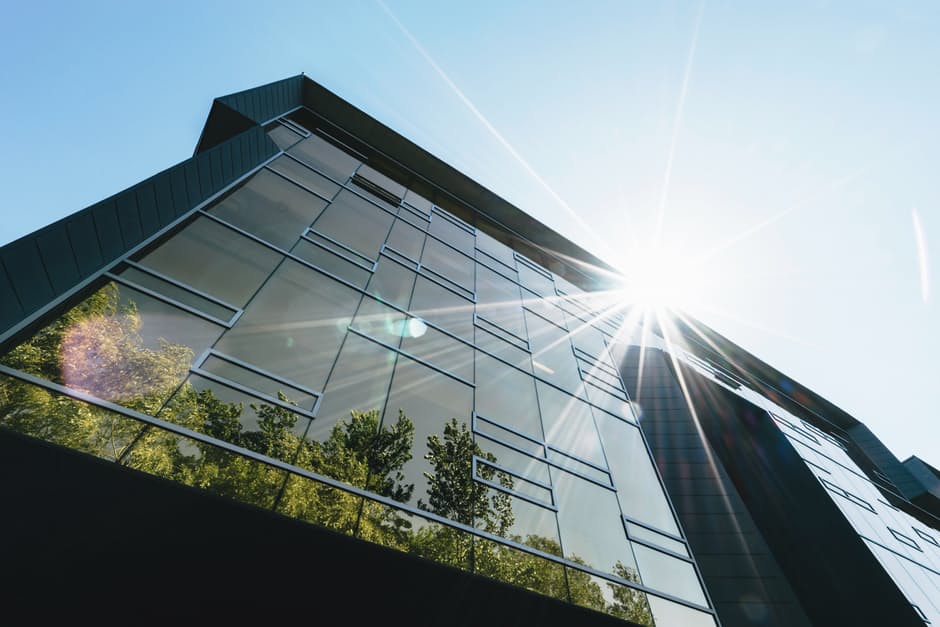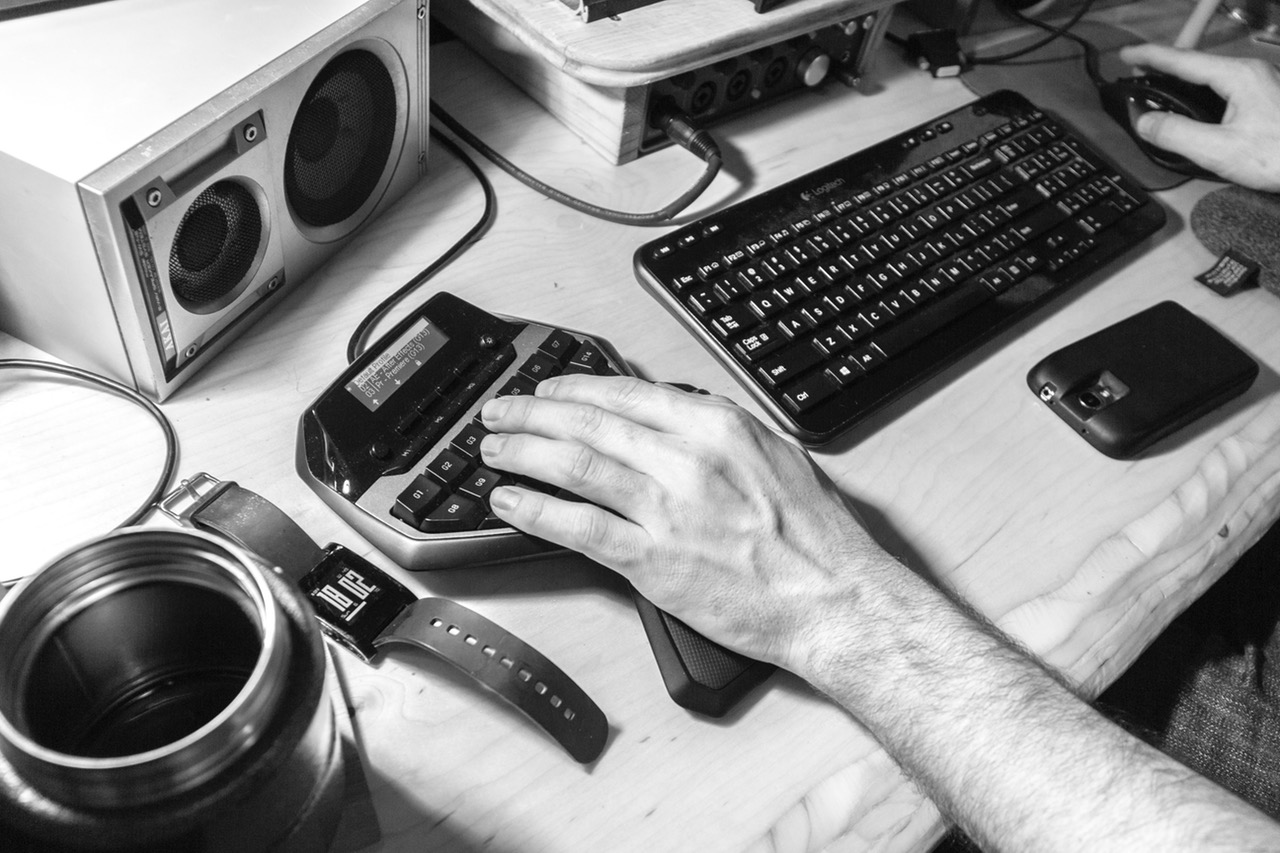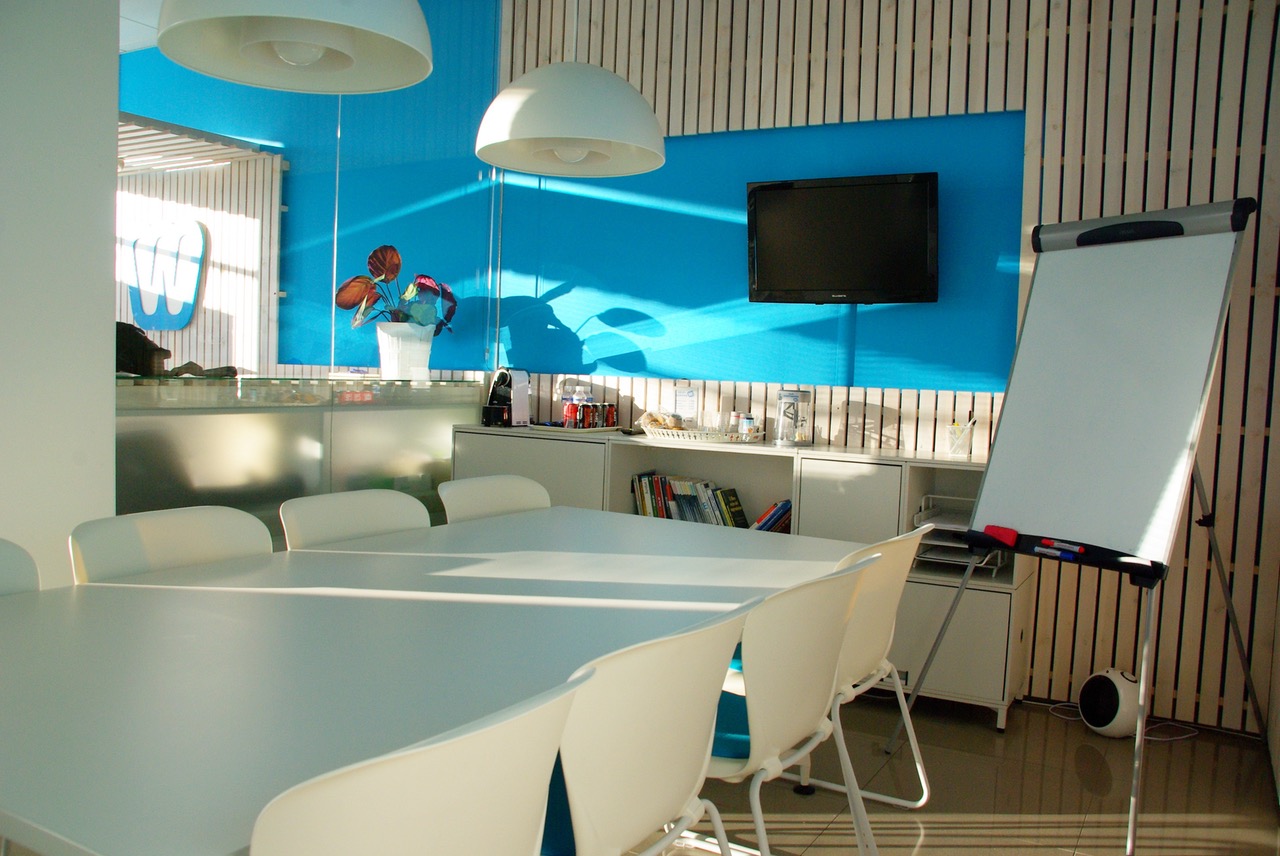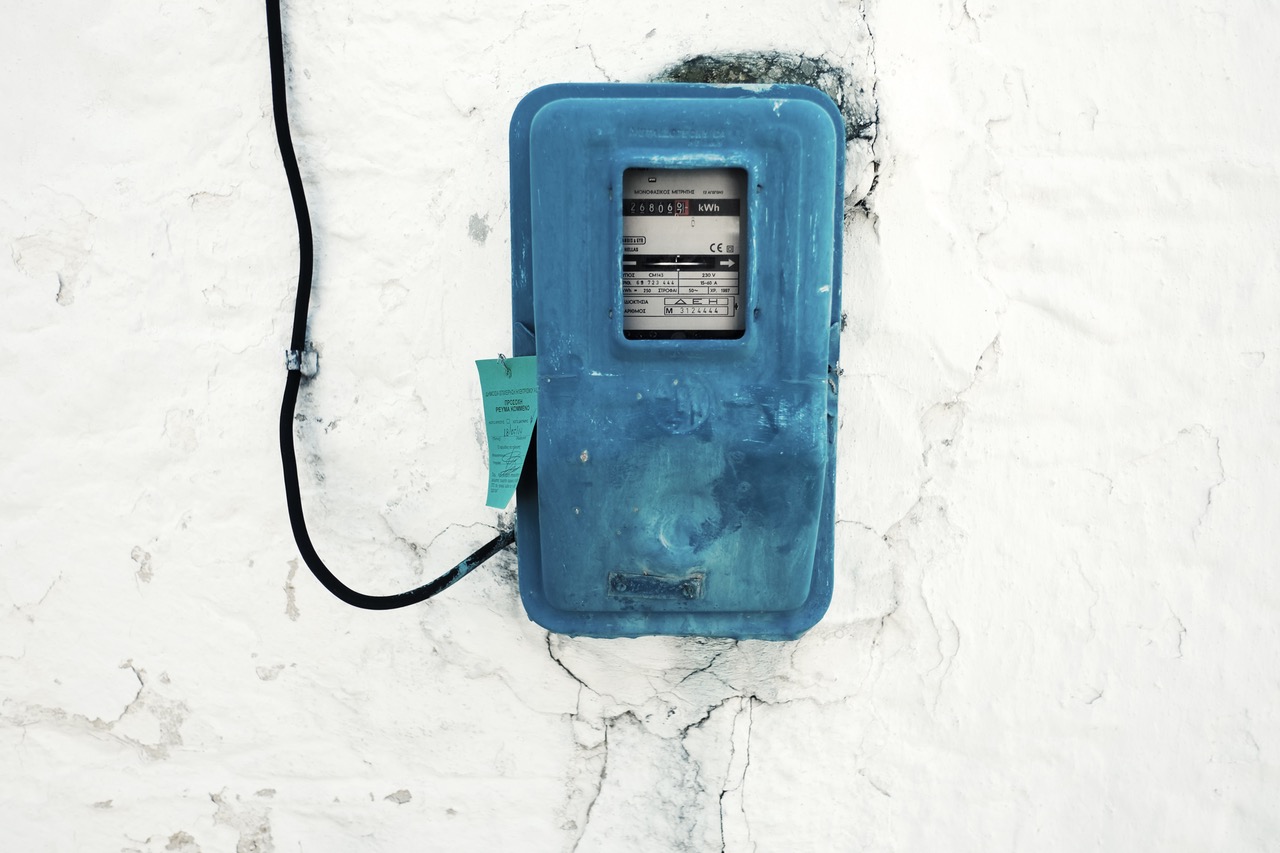Office equipment is one of the fastest growing areas of energy use. Effective management and modern energy efficient appliances can reduce your equipment energy consumption by up to 70%.
Introduction
Running a business can be expensive and businesses often fail to account for energy costs when purchasing office equipment. No matter what your position is, from executives to employees, there are many simple changes that you can make to save energy, cut costs, improve comfort and increase profit margins.
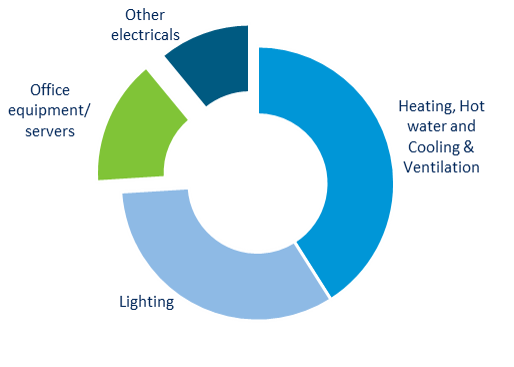
Recommendations
Here are our top eight no and low cost recommendations to save energy on office equipment:
- Activate power saving features on your equipment: Ensure you reduce your ‘phantom’ power use.
- Implement a group switch-off schedule: You can schedule the switch off of several pieces of equipment at once, to ensure that nothing is left on overnight and at weekends.
- Raise staff awareness: Encourage and train your staff by doing frequent walk arounds in a day, setting up energy checklists and implementing stickers on equipment.
- Install plug-in seven day timers on shared equipment: Relatively cheap to buy from most DIY stores, they will ensure that nothing is left overnight and can save up to 70% on energy costs.
- Take care of your technology: Well-maintained equipment is more energy efficient. Taking care of your equipment will extend its lifespan, save maintenance costs and reduce the risk of breakdown.
- Save in the kitchen: Ensure you only fill the kettle with the amount of water you need, switch off the coffee machine at the end of the day, keep the fridge between 3˚C and 5˚C and only run the dishwater when it’s full.
- Centralise your equipment: Ensure that staff do not have individual printers on their desks or individual portable heaters or fans. Talk to them about their needs and find a solution on how to centralise this equipment.
- Match your equipment to your tasks: Consider using laptops and docking stations instead of monitors and desktop PCs, to increase staff flexibility and lower your energy baseload.
As well as these low and no cost top tips, there are many more advanced ideas for you to try. Read on to find out more about what else you could do to invest to save energy.
Additional Information
Some energy saving measures require higher investment of time or money in order to reduce your office energy bills.
Invest in energy efficient IT equipment
Technology advances daily. Set up a plan to invest in technologies and energy efficient equipment such as flat screen monitors (LCD) that emit less radiation than standard monitors and takes up less space in the office. Upgrade your old equipment as modern equipment tend to be more energy efficient than old ones. When purchasing new equipment buy according to your needs and check for labelling schemes.
You can also use the ENERGY STAR Office Equipment Savings Calculator to estimate your energy consumption and operating costs of office equipment, and your savings potential for equipment such as laptops, desktops or printers. View the ENERGY STAR Office Equipment Savings Calculator here:
https://www.energy.gov/eere/femp/energy-and-cost-savings-calculators-energy-efficient-products
During the refurbishment or replacement of equipment, request data on the average power consumed under typical operating conditions, and the standby and low energy consumption rates.
Invest in energy efficient kitchen equipment
Ensure you only fill the kettle with the amount of water you need. Kettles waste energy for number of reasons – design issues such as over-boiling or heat loss through the body of the kettle. If your kettle is constantly in use, consider installing zip taps which heat water at point of use. It is also better to use a dishwasher – with green dishwasher detergents – rather than washing up lots of items individually. However, when using the dishwasher make sure that you activate the eco or energy-saving programs, and only switch it on once it’s fully stocked. To save on your refrigeration costs, keep your fridge between 3 to 5 degree Celsius, away from any direct sunlight and at least 10cm from the wall. Furthermore, encourage your staff to avoid leaving the fridge door open for longer than necessary and not to use it for food that is still warm.
Check labelling schemes
Always look for labelled qualified products or products with an A-rated EU energy efficiency label when purchasing a new equipment for the office. An energy efficient product uses less energy and therefore has less of an environmental impact, as well as being cheaper to run. There are four main energy labelling schemes for office equipment and electrical appliances:
 |
 |
 |
 |
| Look for the EU Energy label rating when buying office equipment. | Look for the Energy Star label when buying computers, printers and other office equipment. | Look for the European Ecolabel Scheme to find products that achieve very high energy efficiency targets. | Look for Energy Savings Recommended on digital televisions. |
Benefits of increased equipment efficiency
-
Lower energy costs: Using office equipment more efficiently uses less energy, meaning lower operating costs
-
Longer equipment lifetime: Equipment that is switched on for less time will naturally have a longer lifetime, and will be less prone to overheating
-
Flexibility: Using laptops instead of desktops allows staff to work more flexibly, as well as lowering energy costs
-
Reduced cooling demand: Equipment releases heat when it is switched on. The more efficient a piece of equipment is, the less heat it produces, leading to a decreased demand for cooling
Should I switch off?
Companies regularly come across barriers to switching off equipment. Some typical barriers and solutions to overcoming these are given below:
-
“Computers take too long to start up in the morning” - modern IT equipment only takes a couple of minutes to start up. Encourage staff to turn them on when they arrive and catch up with colleagues or make a drink whilst they are waiting.
-
“Software updates run overnight” – updates can be scheduled when computers are powering on or off to prevent computers from being left on overnight for updates.
-
“Sometimes people work late so we can’t set automatic shutdown timers on equipment” – for occasions where staff need to use printers and other equipment outside of normal working hours, the shutdown timers can be overridden manually by simply turning them back on. ‘Deep sleep’ functions can also significantly reduce energy use if complete shutdown is inconvenient.
If office hours are 9 hours a day, 5 days a week, then anything left on all the time is wasting 73% of energy use.

